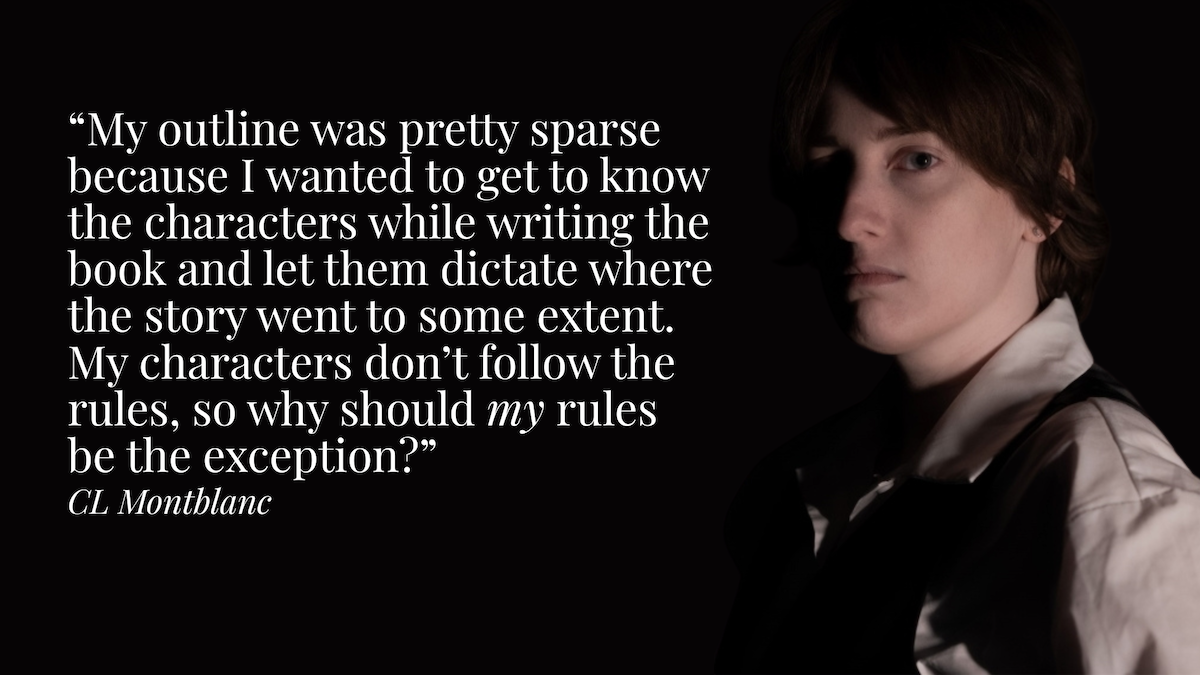When Is Historical Accuracy Inaccurate?
Writers of historical fiction must always ride the line between factual and fictitious. Here, author Terry Roberts discusses how to navigate that line.
Those of us who write fiction about the past are constantly faced with questions about historical accuracy. It doesn’t much matter whether the past in question is a decade ago or a century ago, there are always those editors and readers who will challenge you over the use of a term or the placement of an object, almost as if reading historical fiction is something like an elaborate game in which you sift through the writer’s myriad details to pull out the one that doesn’t belong.
When Is Historical Accuracy Inaccurate?
Changing the Fences
In my first novel, A Short Time to Stay Here, a well-intentioned editor at the small press who first printed it, was adamant about historical accuracy because she believed that readers depend on novelists to provide real history, real in this case meaning accurate down to the socks the characters were wearing and the music they were listening to. Fair enough, right up until the moment she discovered the height of the fences.
A Short Time to Stay Here is set in and around an internment camp built by the federal government during World War I to house German noncombatants, mostly the officers and crew of German merchant marine and passenger ships caught in American harbors when the U.S. declared war in April of 1917. The camp was constructed in the tiny hamlet of Hot Springs, North Carolina and included the Mountain Park Hotel, which was used to house the German officers. The novel itself was narrated by Stephen Robbins, a fictional character with no historical model, who had managed the hotel before the war and became the Inspector General of the camp during the internment. So far so good.
Late in the editorial process, the editor found a photo that showed part of the fencing around the camp, which revealed that it was only waist-high in places. My fictional fence was consistently 10-feet high and topped with barbed wire. She wanted it changed; I resisted. We went back and forth. My problem was that the plot of the novel depended on that fence in all sorts of large and small ways. If the characters could simply step over it whenever it suited them, then things began to unravel pretty quickly, including the psyche of the narrator.
Suffice it to say that I eventually won out, and the fences in A Short Time to Stay Here are 10 feet high to this day. Is that single historical detail accurate? Well, yes and no. Historically speaking, no; psychologically speaking, yes.
IndieBound | Bookshop | Amazon
[WD uses affiliate links.]
Changing the Timeline
My second novel, That Bright Land, is also set in the mountain of Western North Carolina, in this case during the summer of 1866, following the end of the Civil War. The plot of the novel depends in part on the number of men from WNC who fought for the Union army and who applied for federal disability from war wounds.
The disability investigations that serve as a cover for the narrator (who is chasing a serial killer) took place during the 1870s, but as the novel took shape, it became apparent that I needed to move the action up in time to create the sense of dramatic tension necessary to drive the plot.
In this case, neither editor nor reader ever noticed the historical discrepancy, but I was aware of it and made a conscious decision to tear 10 plus years off the calendar of little-known history, thereby changing the chronological setting of the action. The result? From the first page of That Bright Land to the last, there is a heightened sense of danger along with the rawness of unhealed wounds. Psychological wounds as well as physical.
Changing the Actions
Few readers were familiar with the historical settings of A Short Time to Stay Here and That Bright Land, which made it easier to manipulate the details in order to create a more compelling story. That is not the case with my most recent novel. My Mistress’ Eyes Are Raven Black (due out in July 2021) is a thriller set on Ellis Island, itself a sort of American icon.
What gives this story its historical heft, however, is not the well-known physical setting but rather the place in time. During the 1920s, when the action occurs, America was in the throes of the eugenics movement. American sociologists were writing strident anti-immigration propaganda based on the pseudo-science of eugenics.
According to these commentators—men like Prescott Hall and Lothrop Stoddard—the pure Nordic strain of the American population was in danger of being infiltrated and replaced by the dark skinned, dark-haired, dark-eyed hordes who were assaulting our borders. Tragically, these same writers helped inspire what took place in Nazi Germany in the following decades.
Did a series of racist murders actually take place on Ellis Island in 1920, as described in My Mistress’ Eyes Are Raven Black? No, those events are entirely fictional and so, in a sense, historically inaccurate. Even so, the island seemed to me the perfect place to explore what was psychologically accurate about the period in which it was set, a period—like our own—in which we hated and feared the other.
When is historical accuracy inaccurate? When a slavish adherence to detail prevents the creation of a story that is more real than real. The beauty of historical fiction is that we don’t have to let accuracy in small things stand in the way of the truth in large things.
Terry Roberts is the author of three celebrated novels: A Short Time to Stay Here (winner of the Willie Morris Prize for Southern Fiction and the Sir Walter Raleigh Award for Fiction); That Bright Land (winner of the Thomas Wolfe Literary Award, the James Still Award for Writing About the Appalachian South and the Sir Walter Raleigh Award for Fiction); and The Holy Ghost Speakeasy and Revival (a finalist for the 2019 Sir Walter Raleigh Award for Fiction). He's a lifelong teacher and educational reformer as well as an award-winning novelist.








